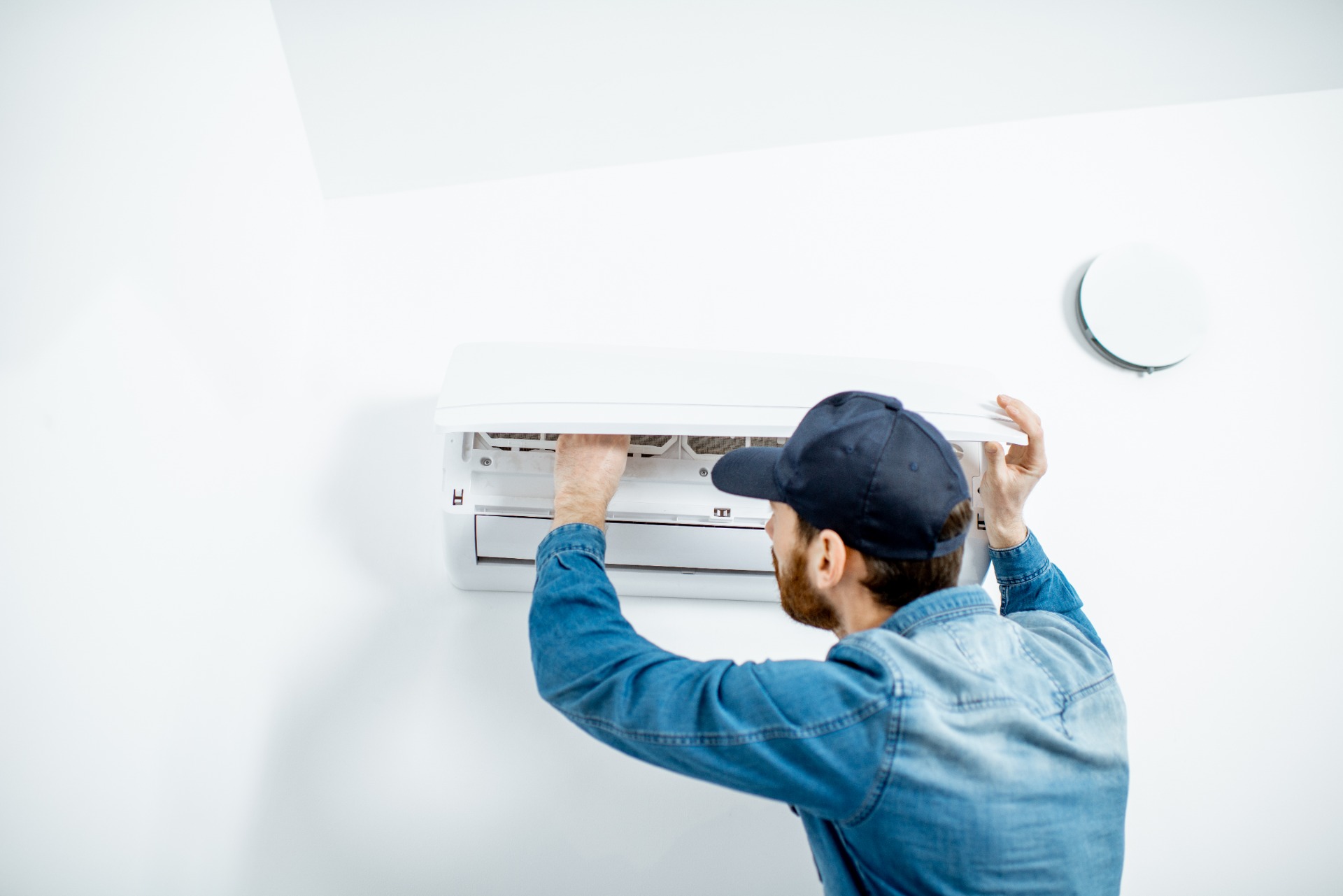There is nothing worse than having a refrigerant or water leak in your air conditioning system. It’s an urgent concern that needs to be fixed immediately, and unlike older models, many current air conditioners do not require Freon.
Newer models use a different refrigerant, but it is still referred to as Freon, as that brand has become a household name for refrigerants.
This article will go through water leaks, refrigerant leaks, and Freon-related leaks. Let’s begin:
Water Leaks in Your AC System
The evaporator coil draws warm indoor air over the cold refrigerant. Air condenses and drops from the coil into a pan.
When the central air conditioning unit is turned on, there is much condensation, making water continually drip into the pan. The system then pumps this water outside. More often than not, this could be what’s causing water leaks from your AC, which is usually caused by blocked drain pipes.
Another issue could be with the condensate pump, although not all AC systems have one. Alternatively, the pan can also be defective. You can do some DIY repairs, but you could do more damage than good. It is best to have a professional diagnose and repair the water leak in your AC system.
Air Conditioner Freon Leak
Because an air conditioner recycles refrigerant, problems like warm air instead of cold air, odd sounds, and scents are usually the consequence of a leak.
Remember that your air conditioning unit is a closed system, so you can’t just add more Freon if it’s not cooling the home correctly. So if an HVAC maintenance specialist offers to top off your refrigerant, you may be getting scammed.
You should either have enough or get your system examined for Freon leakage. A competent HVAC firm will know how much AC refrigerant is required to fulfill the manufacturer’s specifications.
Different Types of Freon Leaks
- Standing Leak (SL): A standing leak is the most frequent kind of freon leak, which can be detected while the AC is off.
- Pressure Dependent Leaks (DPL): PDLs typically surface when the pressure in the cooling system rises.
- Temperature-Dependent Leaks (PDLs): TDLs arise when there’s a blockage in your condenser while defrosting or in hotter climates.
- Vibration Dependent Leak (VDL): VDLs are leaks that develop when the refrigerator is in operation. It occurs if the refrigerant pipe scrapes against other system components.
- Combination Dependent Leaks (CDL): CDLs happen when two or more issues contribute to the leakage.
- Cumulative Micro-Leaks (CMLs): This leak happens over time due to the AC’’s age or how it is being used.
- Refrigerant Leaks: A refrigerant leak in a residential AC is most likely to occur where: oil evaporator or condenser, dryer with the suction line, and accumulator. When these kinds of trouble arise, you will need to replace parts as these issues are unfixable.
Troubleshooting Freon Leaks
In general, it is better to leave the repair of a refrigerant leak to a professional. Leaks inside of your condensing or evaporator coils, along with valves and access ports, are hazardous. Yes, you can do DIY patching or sealing, but this can worsen the leak.
Watch out for common freon leaks issues so that you can call for an HVAC maintenance specialist right away. One clue is the need to lower your refrigerator’s thermostat repeatedly just to get it cold enough. You’ll also know something’s wrong when the AC is no longer getting cold, your energy bills suddenly peak, you hear strange sounds, or if the system produces a strange odor.
Conclusion
Don’t wait for HVAC problems to get worse, or you’ll just begin losing money on increased electricity bills. Before a refrigerant leak worsens, contact a professional and reputable repairman right away.
We strive to surpass your expectations at Good Guys Home Services. With years of experience in the industry, we are more than capable of delivering HVAC services efficiently. We’re the good guys for a reason, so reach out to us today!
